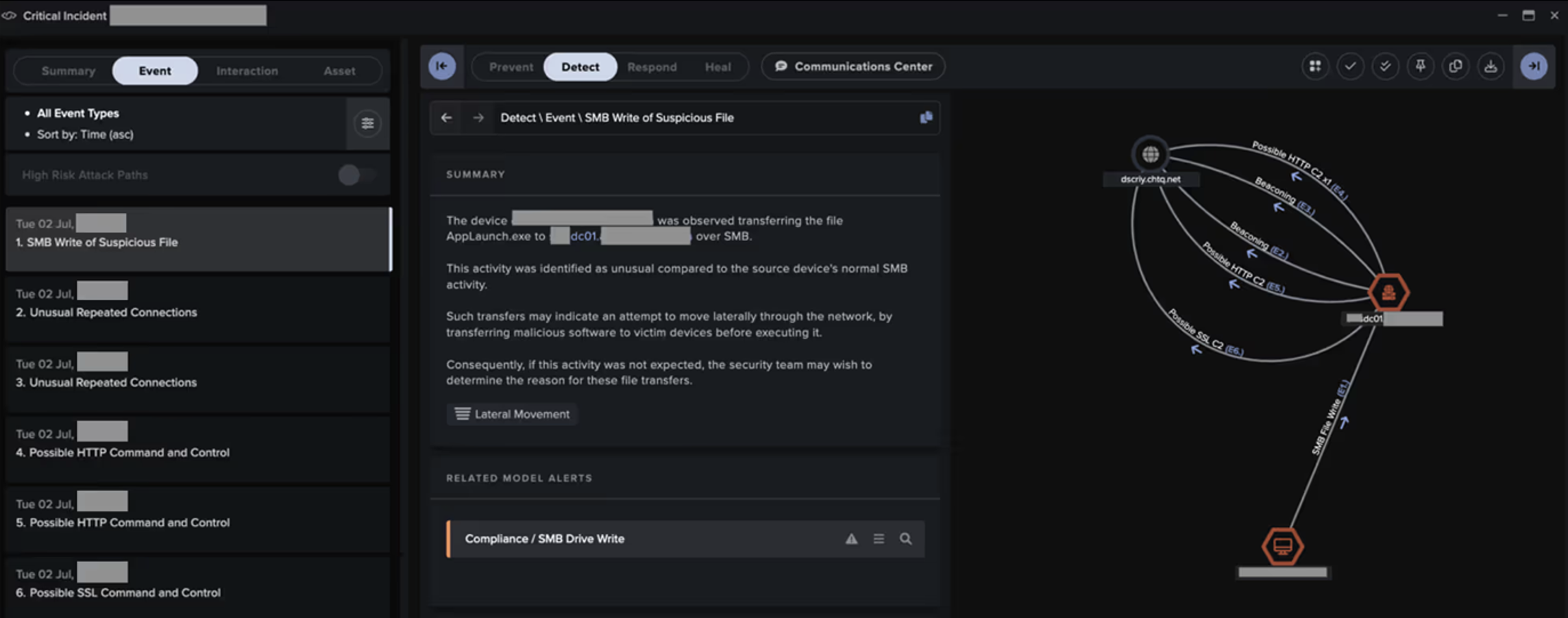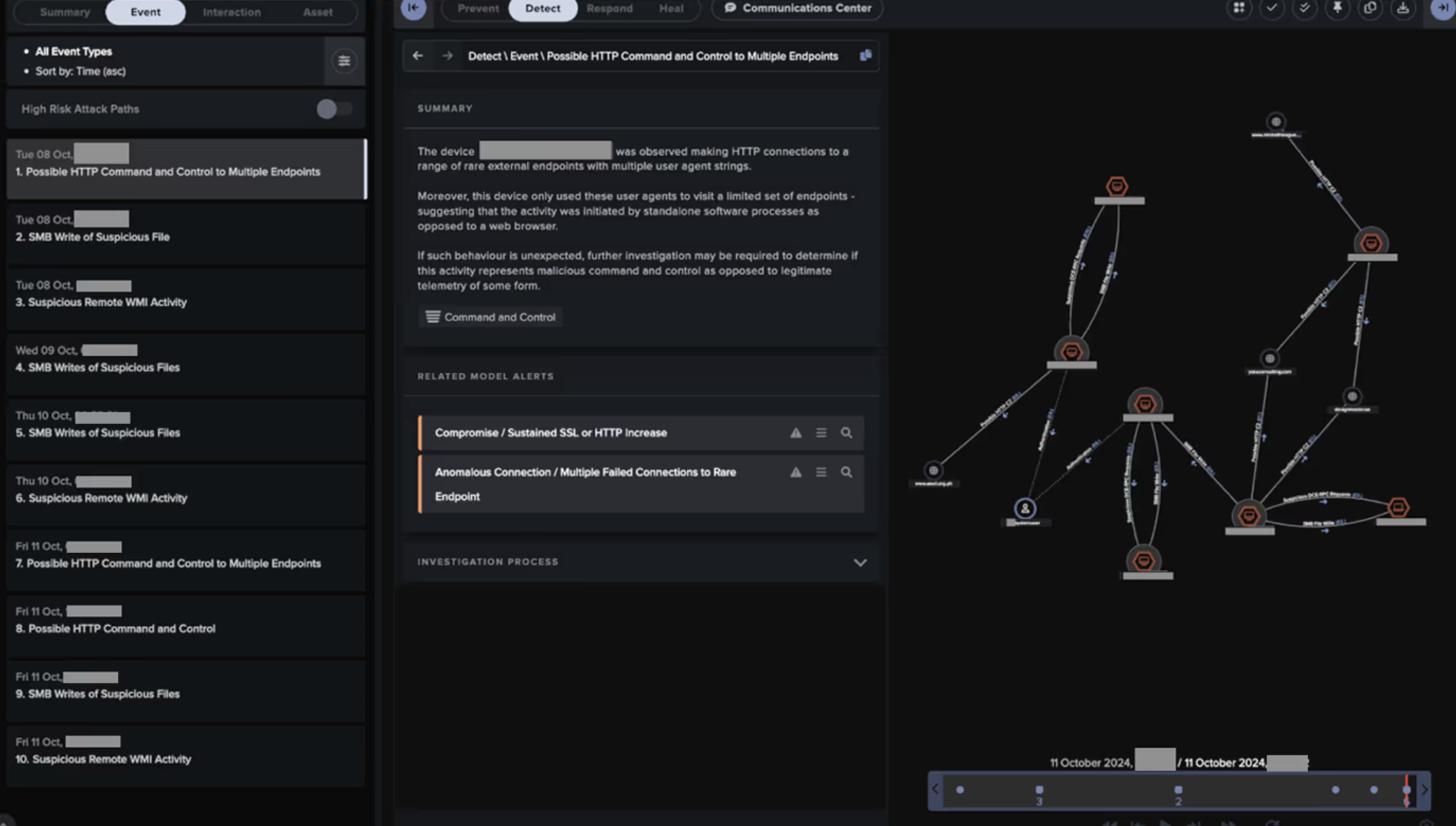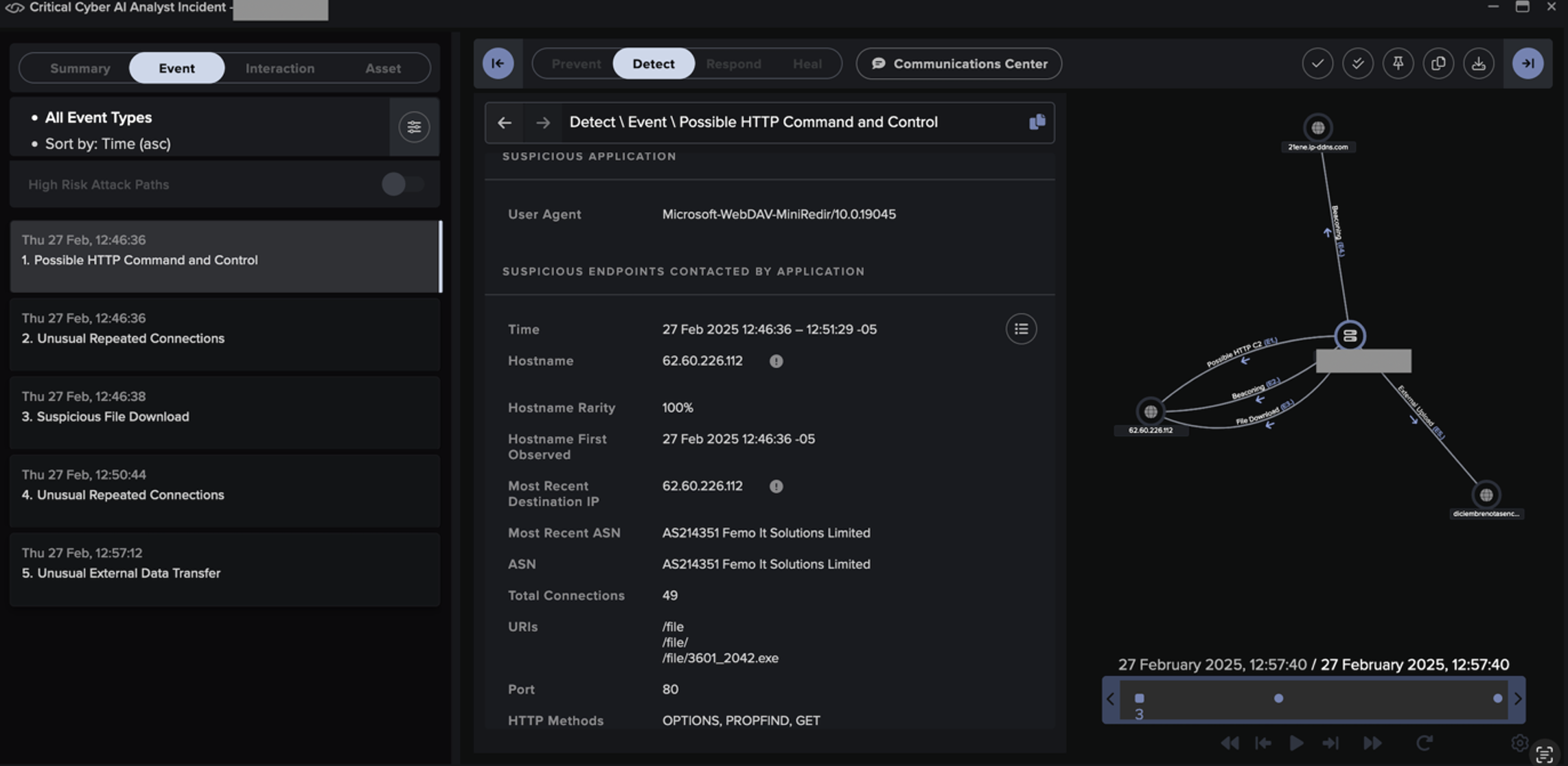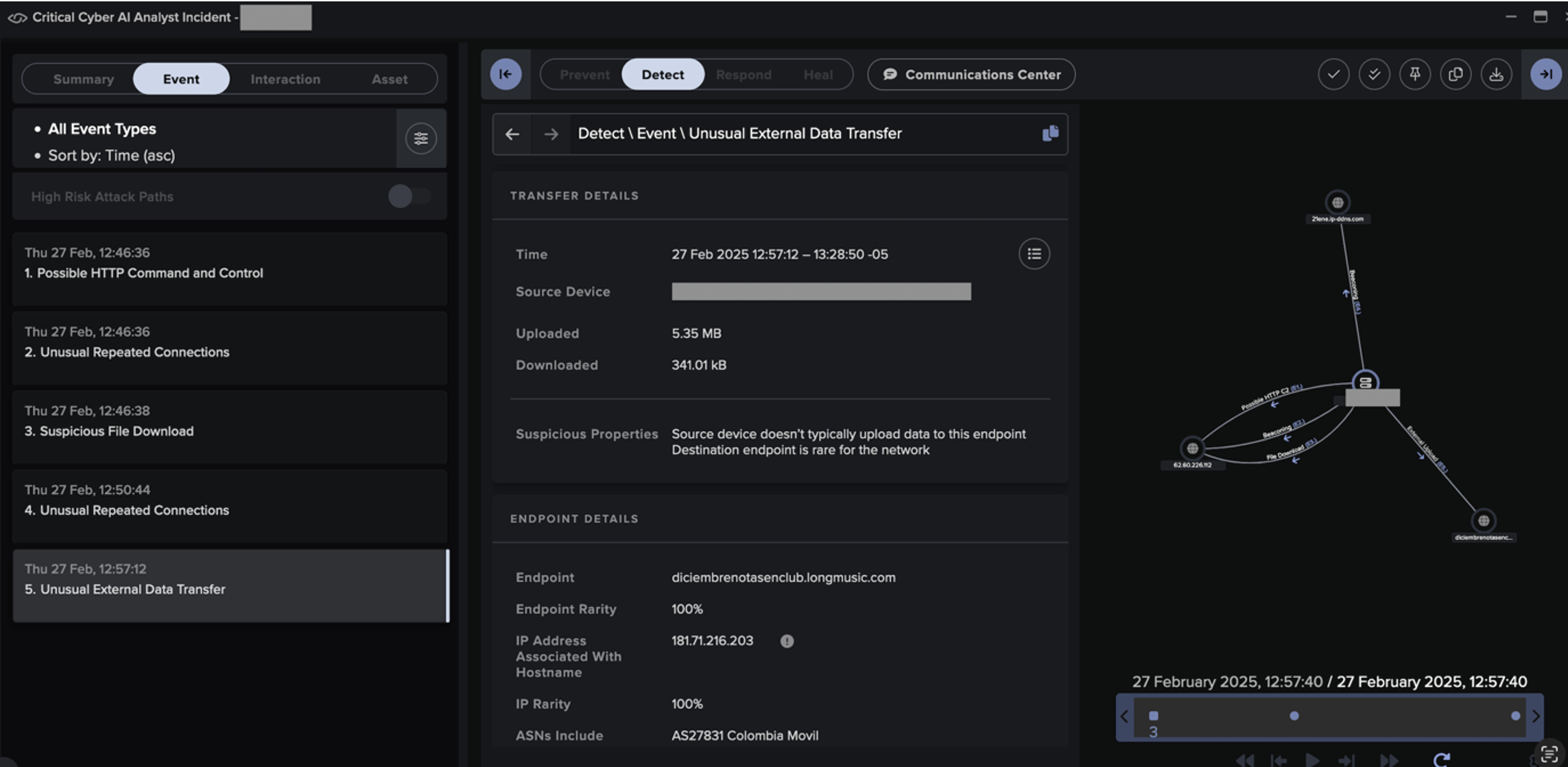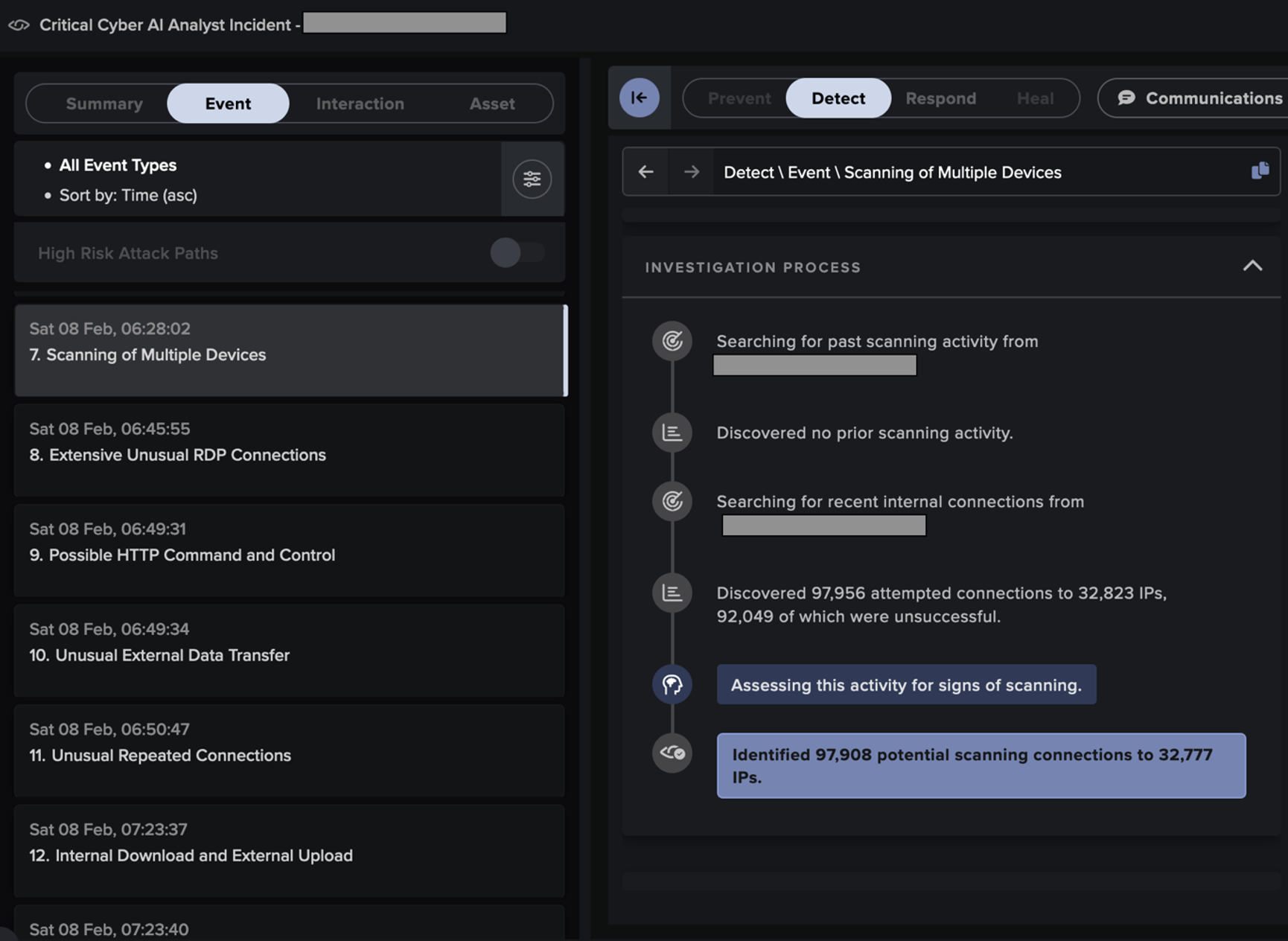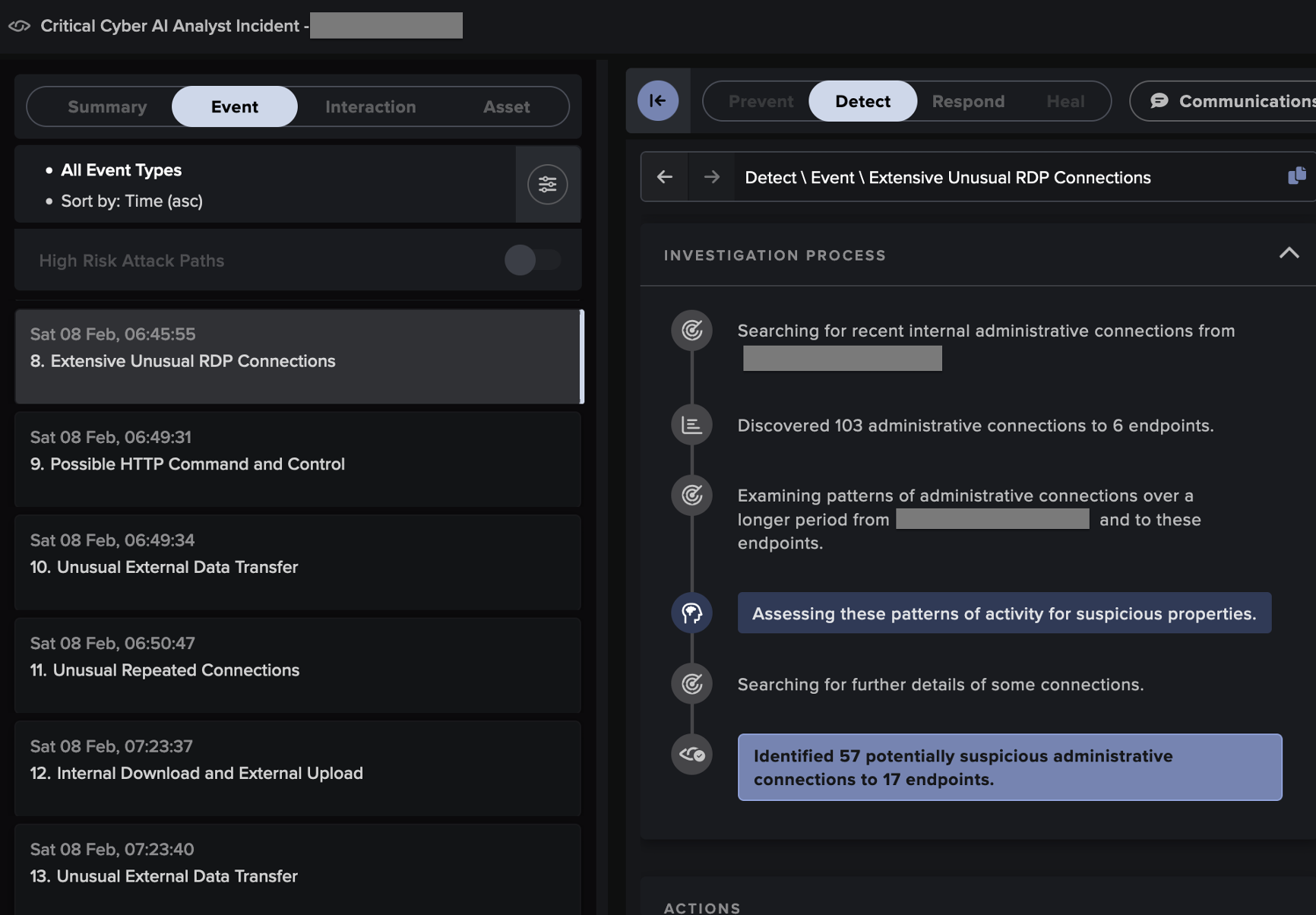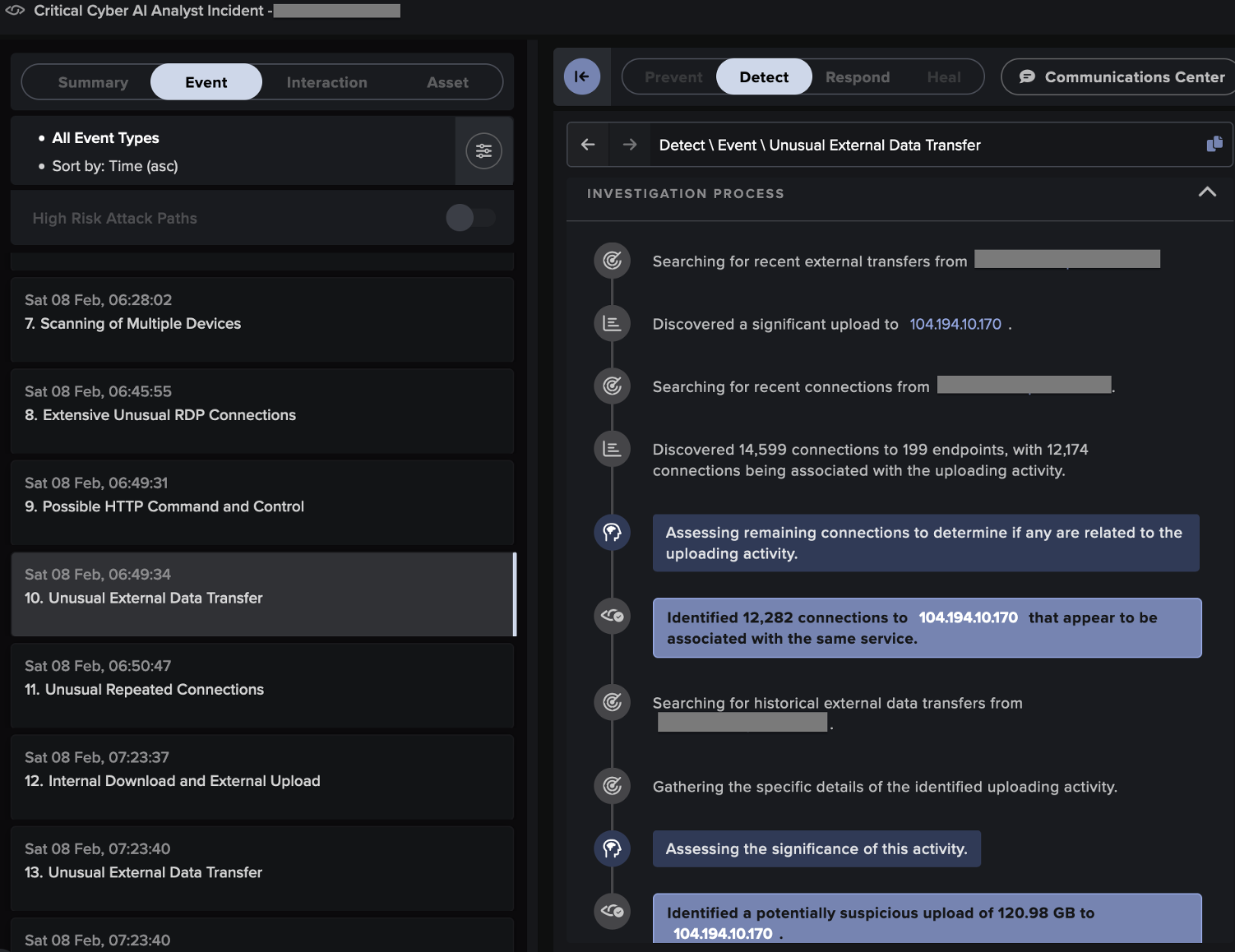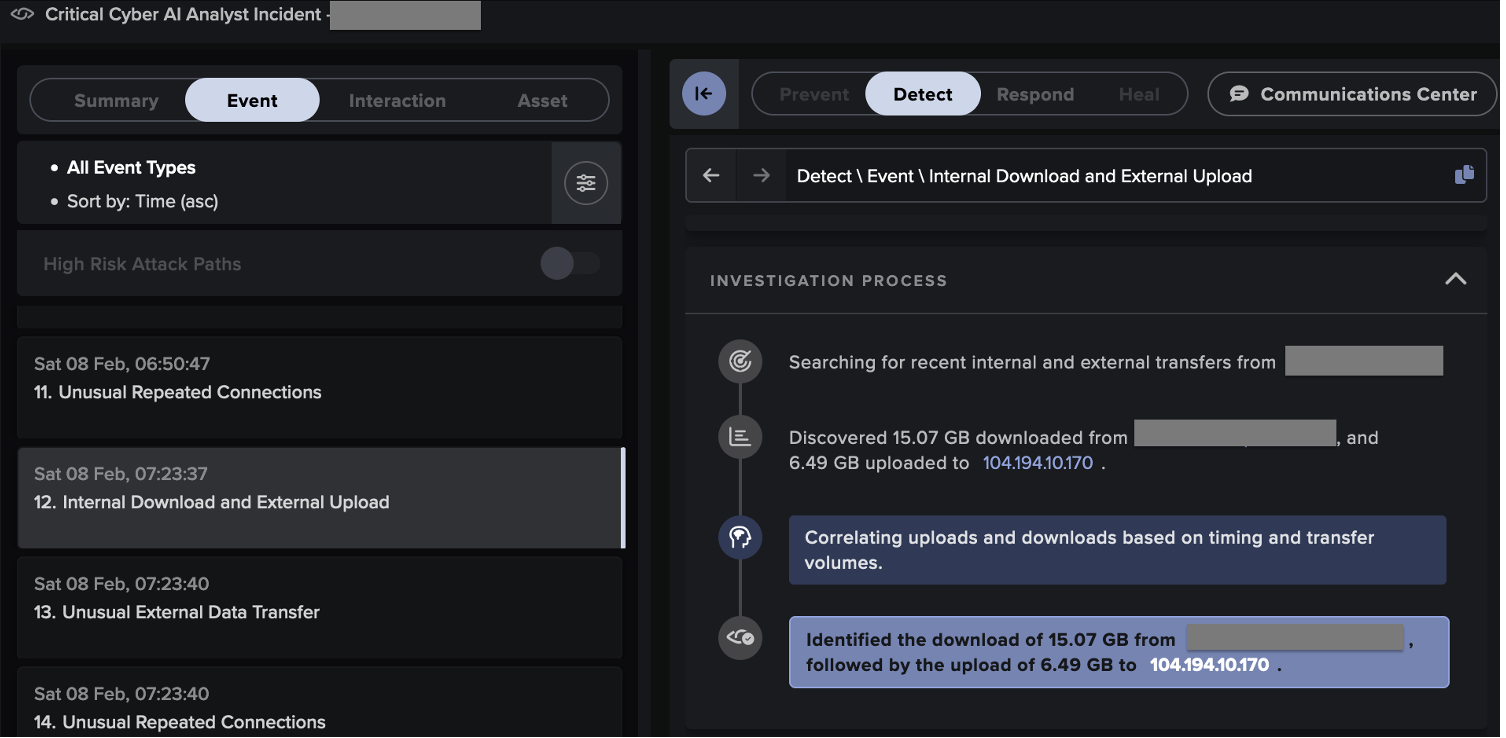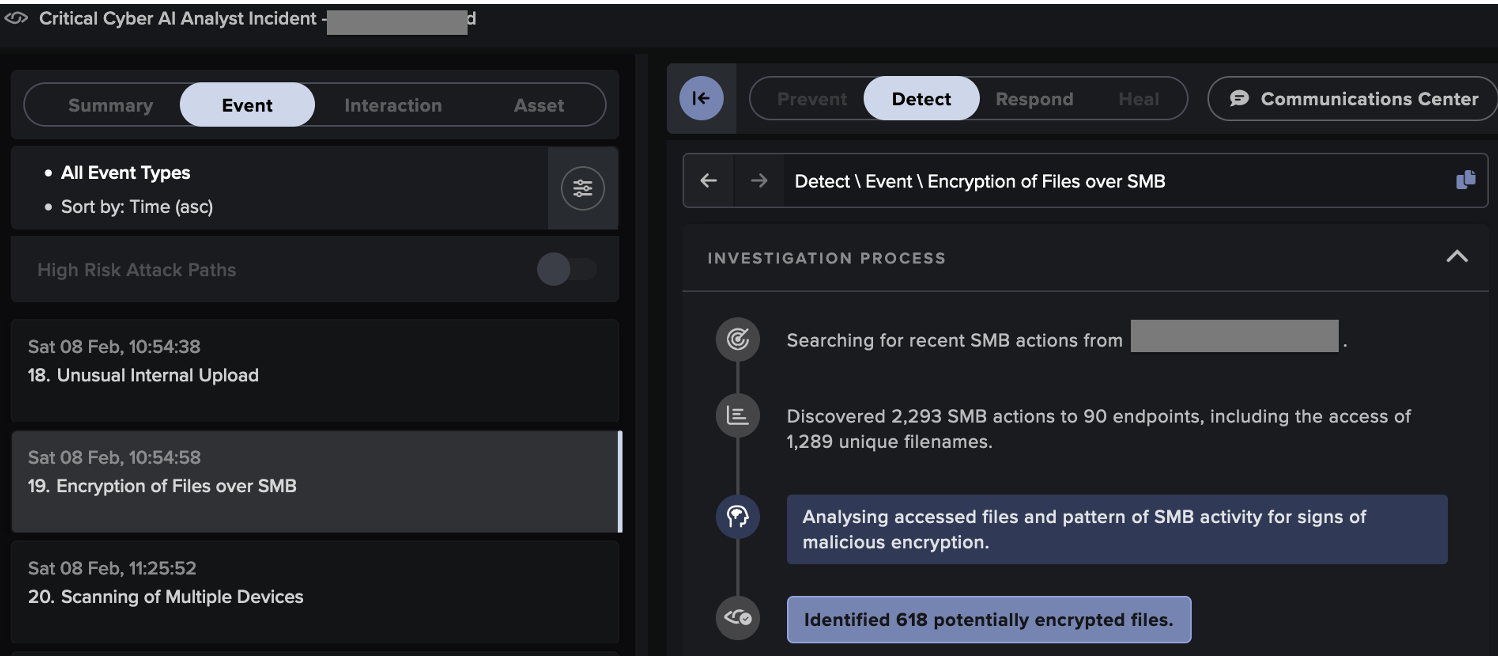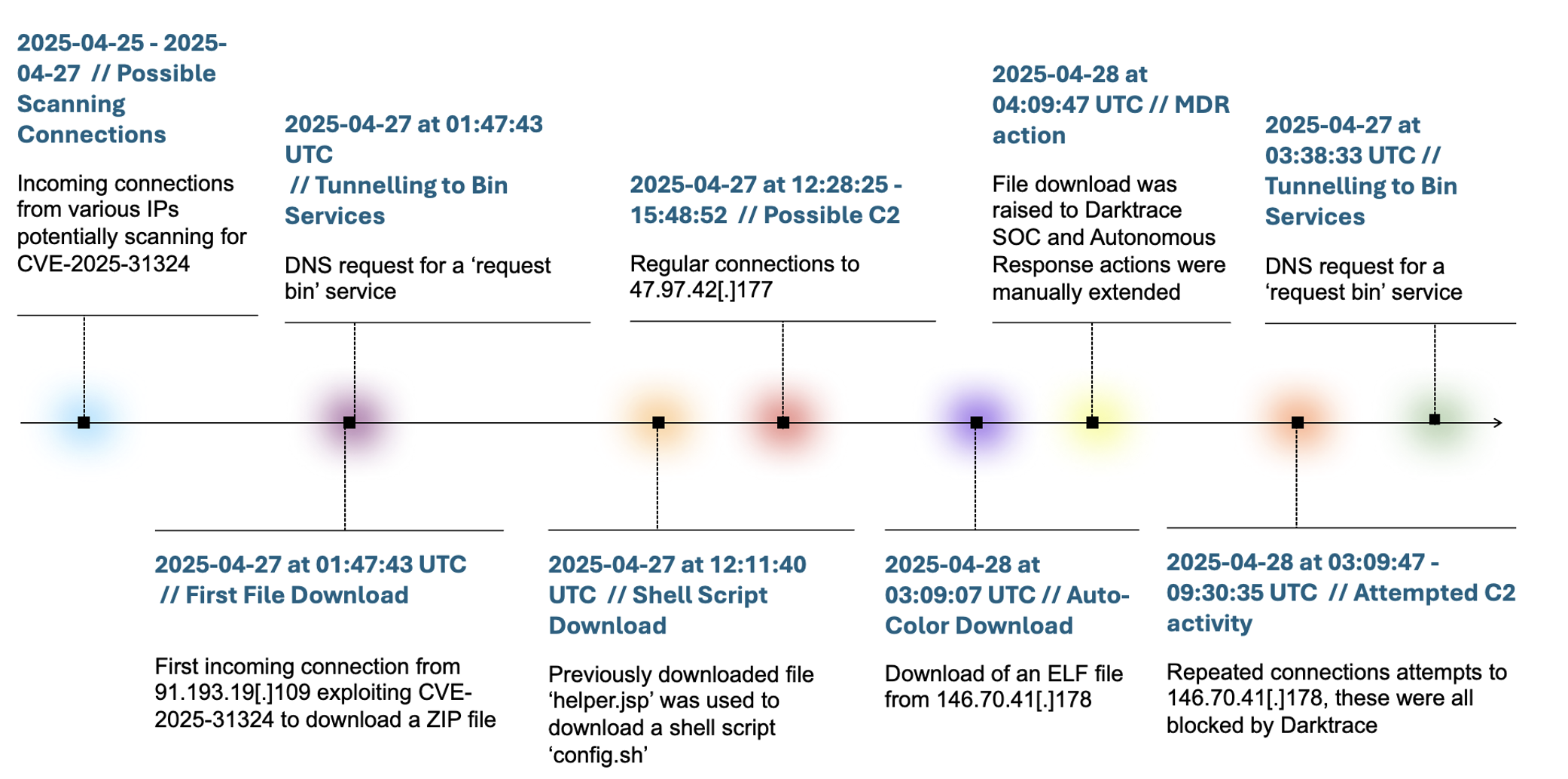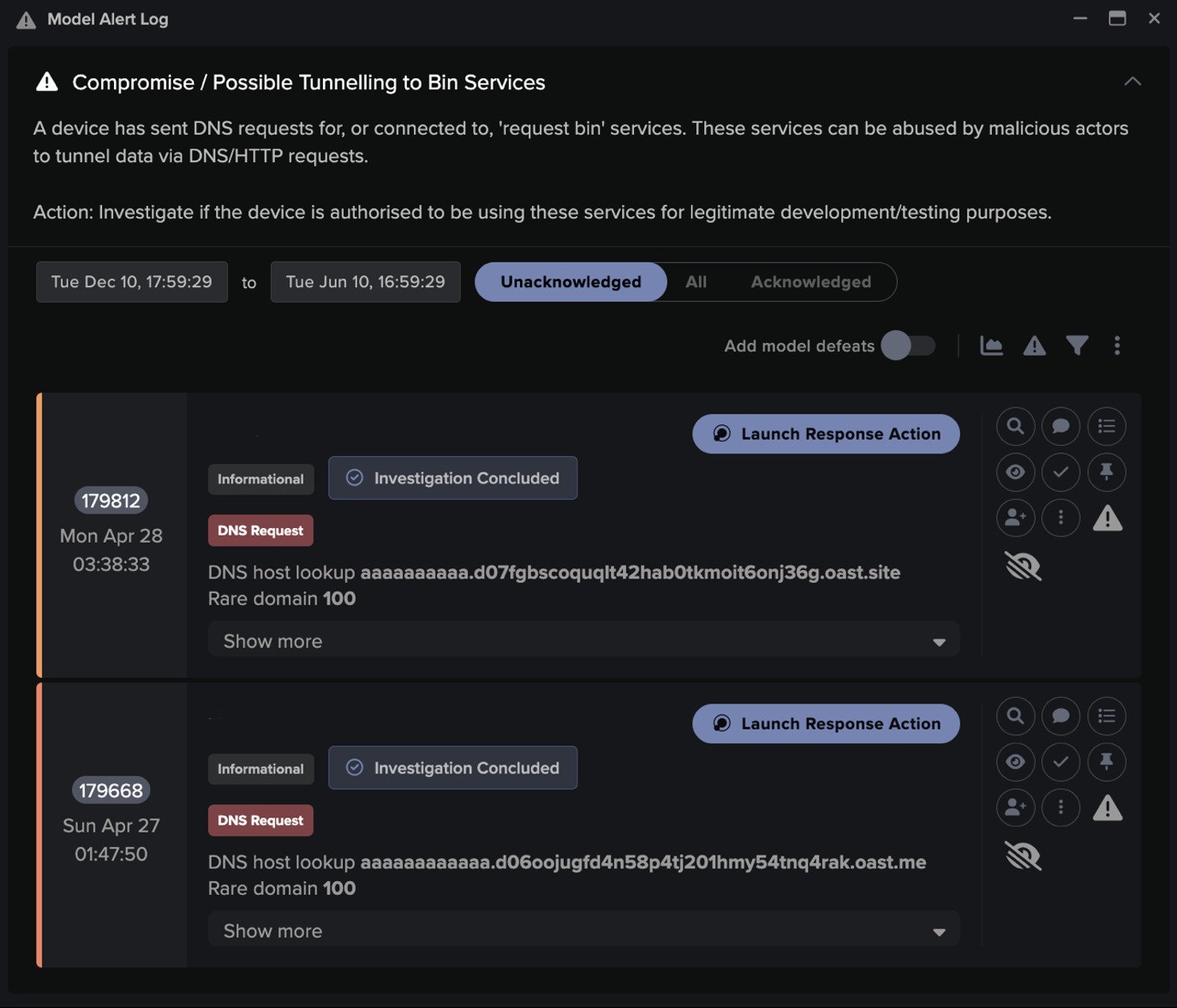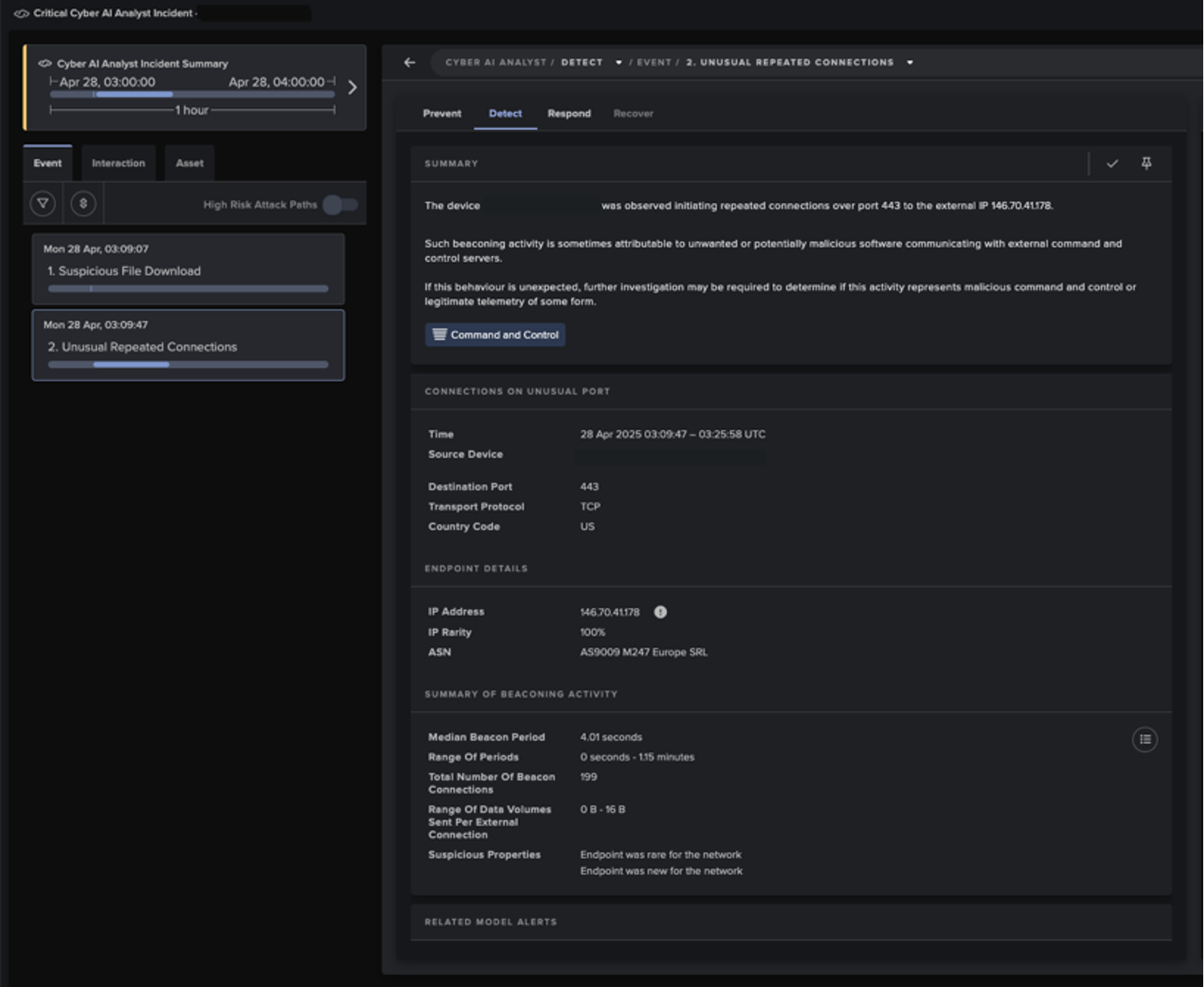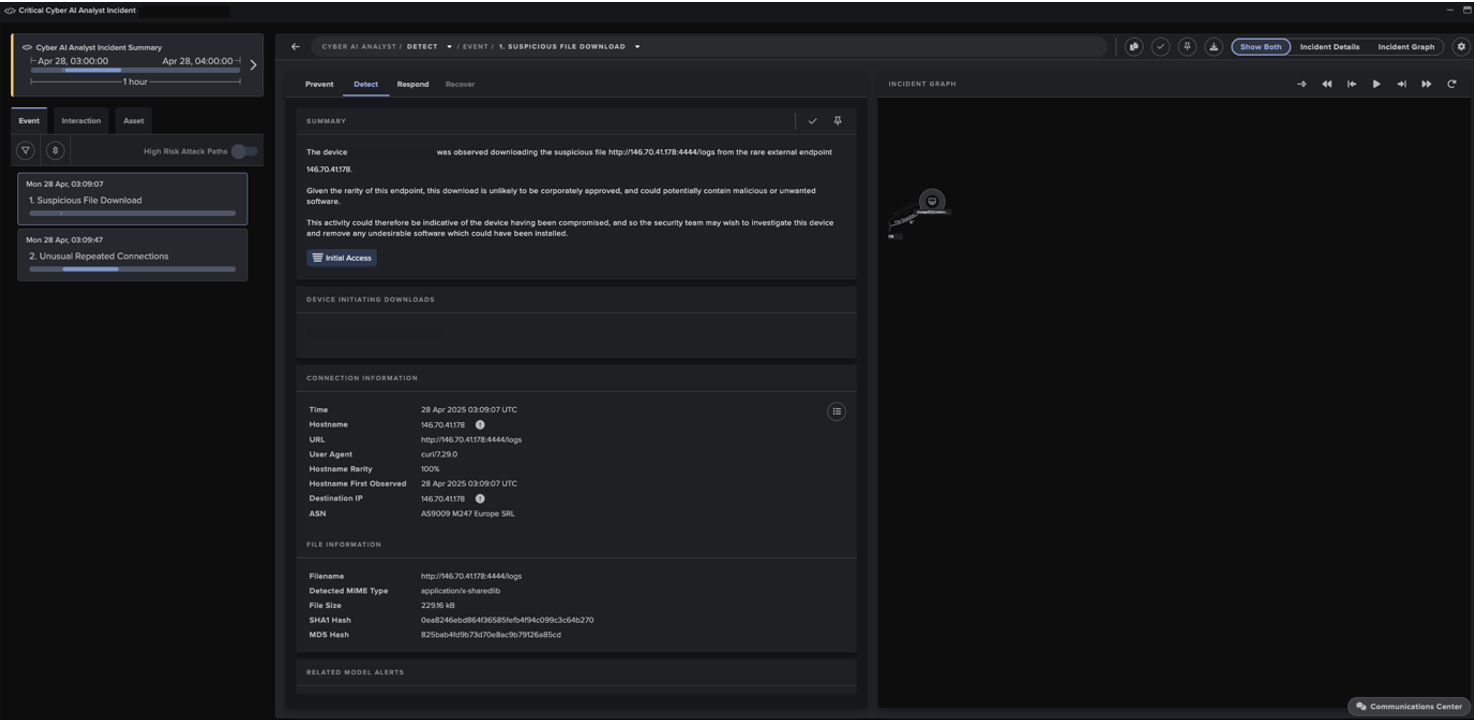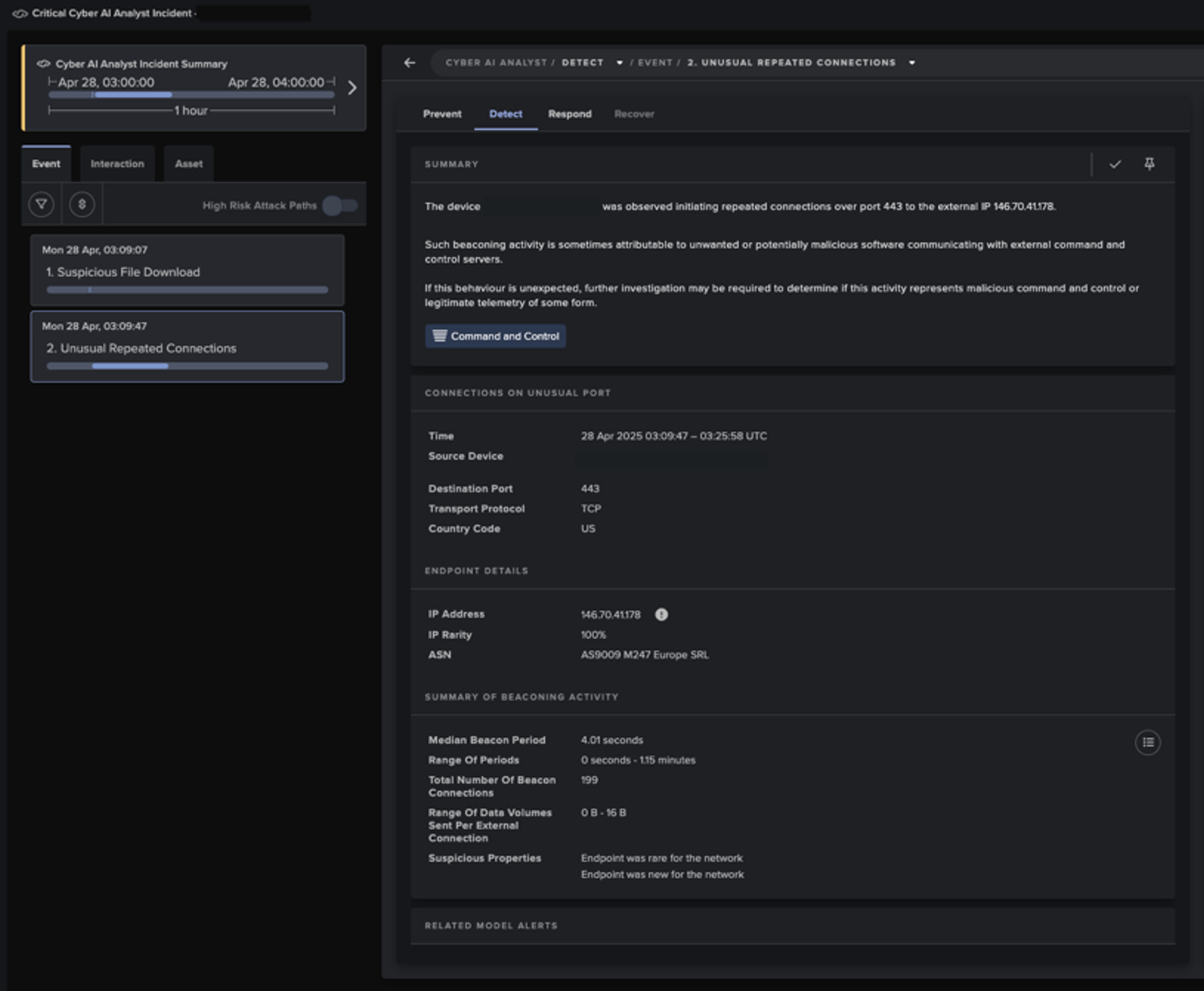Executive summary
- Darktrace has observed a significant increase in attacks against SaaS platforms, including file storage, collaborative work, and email solutions.
- This blog post details two example threats that are representative of the current threat landscape: an Office 365 business email compromise and a Box.com file sharing account compromise.
- Organizations are recommended to enable multi-factor authentication to combat credential stuffing attacks and the re-use of stolen credentials from data dumps. It is further advised to actively monitor SaaS environments for in-progress cyber-attacks.
- SaaS exacerbates the skill gap in security – identifying and investigating threats in SaaS environments is a different skill to traditional security operations skill-sets.
Introduction
The digital transformation – whether planned naturally or forced by the global pandemic – has increased the use of Software-as-a-Service (SaaS) solutions in modern organizations. The annual growth rate of the SaaS market is currently 18%, and as the workforce becomes increasingly remote throughout 2020, this is set to skyrocket.
Attackers have been targeting SaaS solutions for a long time – but almost nobody talks about how the Techniques, Tools & Procedures (TTPs) in SaaS attacks differ significantly from traditional TTPs seen in networks and endpoint attacks.
How do you create meaningful detections in SaaS environments that don’t have endpoint or network data? How can you investigate threats in a SaaS environment as an analyst? What does a ‘good’ SaaS event look like, and what does a threat look like? Finding skilled security analysts that can work in traditional IT environments is already hard – it gets even harder when trying to hire security people with SaaS domain knowledge.
SaaS consumers are left with only a few choices: either use the native SaaS security controls provided in each SaaS solution – and rely on the (non-)maturity of the SaaS provider – or go with a third party SaaS security solution, often in the form of Cloud Access Security Brokers (CASBs). Both cases are often not ideal.
This blog outlines two attacks we have recently observed in SaaS environments that are representative for the broader SaaS threat landscape: a Microsoft (Office) 365 business email compromise (BEC) and the compromise of a corporate Box.com account. The analysis serves to illuminate the sharp distinction between a traditional network attack and a SaaS compromise – demonstrating how using machine learning to detect anomalies in behavior offers crucial hope for defenders as SaaS applications define this new era of work.
Anonymized SaaS Threat 1: Office 365 Business Email Compromise

Figure 1: The timeline of attack for the Microsoft 365 Compromise
In this case of a classic BEC attack, a threat-actor infiltrated an employee’s Microsoft 365 account to access sensitive financial documents hosted in SharePoint, including pay slip and banking details. The attacker went on to make configuration changes to the hacked inbox, deleting items and making updates that may have allowed them to cover their tracks.
Darktrace first observed the employee’s account log in from unusual IP ranges. The particular account had never logged in from Bulgaria before, and the peer accounts belonging to those from the same department had not exhibited similar behavioral traits. This in itself was a low-level anomaly and not necessarily indicative of malicious activity – employees might change locations after all.
The unusual login location was then accompanied by an unusual login time and a new user-agent. All of these anomalies triggered Cyber AI Analyst – Darktrace’s automated threat investigation technology – to launch a deeper analysis.
Darktrace then identified that the account was starting to access highly sensitive information, including payroll information on a Sharepoint. Two examples that were highlighted by AI Analyst are shown below:
- hxxps://anonymised[.]sharepoint[.]com/anonymised/pages/Understanding-my-payslip[.]aspx
- hxxps:// anonymised [.]sharepoint[.]com/anonymised /pages/Changing-my-bank-details[.]aspx
The attacker tried to gain insights about payment information and credit card details, with the likely intention of changing the payroll details to an attacker-controlled bank account. But with its ability to automatically analyze events to piece together attack narratives, Cyber AI Analyst was able to put together these weak signals of a threat and illuminate the likely account compromise. The security team was then able to lock the account and alert the user, who subsequently changed their credentials.
Anonymized SaaS Threat 2: Box.com Compromise

Figure 2: The timeline of attack for the Box.com Compromise
Darktrace observed a case of unauthorized access to a corporate Box.com file storage account belonging to an employee of a global supply company. The Box.com account login took place in the US – the same country that this organization operates in – but from an unusual IP space and ASN. Made suspicious by this low-level anomaly, Cyber AI Analyst did further, ongoing investigations into the user’s activity.
The actor behind the account logged in to Box.com successfully, and then proceeded to download expense reports, invoices, and other financial documents. It became evident that the account started accessing files that were highly unusual for the account to access. Darktrace recognized that neither the account itself, nor its peer group were usually accessing the file called ‘PASSWORD SHEET.xlsx’.
With Cyber AI’s bespoke knowledge of ‘self’ for every member of the organization’s workforce, the technology was able to identify the threat immediately. The Darktrace Cyber AI Platform detected that the activity occurred at a highly unusual time for the legitimate user, and that the location of the actor’s IP address was also anomalous compared to the employee’s previous access locations for this particular SaaS service.
While accessing these documents may have been normal for the employee in another context, Darktrace Cyber AI’s deep understanding of user behavior and granular visibility within the Box.com application allowed it to spot the subtle signs of account compromise. Moreover, when Darktrace’s Cyber AI Analyst automatically investigated the threat, it was able to illuminate the wider narrative, understanding that each unauthorized file exposure was part of a connected incident and highlighted the breach as a key concern for the security team.
Conclusion
Traditional detection approaches like ‘more than X failed logins from Y’ are not enough to ensure sufficient security across SaaS applications. Keeping threat intelligence lists up to date is even more difficult, as most SaaS attacks don’t involve any Command & Control – just indiscriminate logins from remote devices. Attackers may use VPN, Tor, other compromised devices, dynamic DNS, or virtual private servers to further mask their tracks.
A more intricate and effective approach to SaaS security requires understanding the dynamic individual behind the account. SaaS applications are fundamentally platforms for humans to communicate – allowing them to exchange and store ideas and information. Abnormal, threatening behavior is therefore impossible to detect without a nuanced understanding of those unique individuals: where and when do they typically access a SaaS account, which files are they like to access, who do they typically connect with?
Cyber AI asks these questions, continuously analyzing data not only across SaaS platforms, but from the unique ‘patterns of life’ of every user and device in the organization as a whole. With this context, it can chain together seemingly disparate anomalies – unusual login times, login locations, access of new or unusual files, and hundreds of other indicators of threat. These anomalies then act as a trigger for more in-depth investigations via Cyber AI Analyst that can link the anomalies together and create a coherent attack narrative.
Both of the above SaaS attacks were comprehensively but succinctly investigated and fully reported on by the Darktrace’s Cyber AI Analyst, which then surfaced an easy-to-understand incident report, ready for executive review. For a more in-depth look at how Cyber AI Analyst investigated an emerging APT threat in the wild, read: Catching APT41 exploiting a zero-day vulnerability.

















